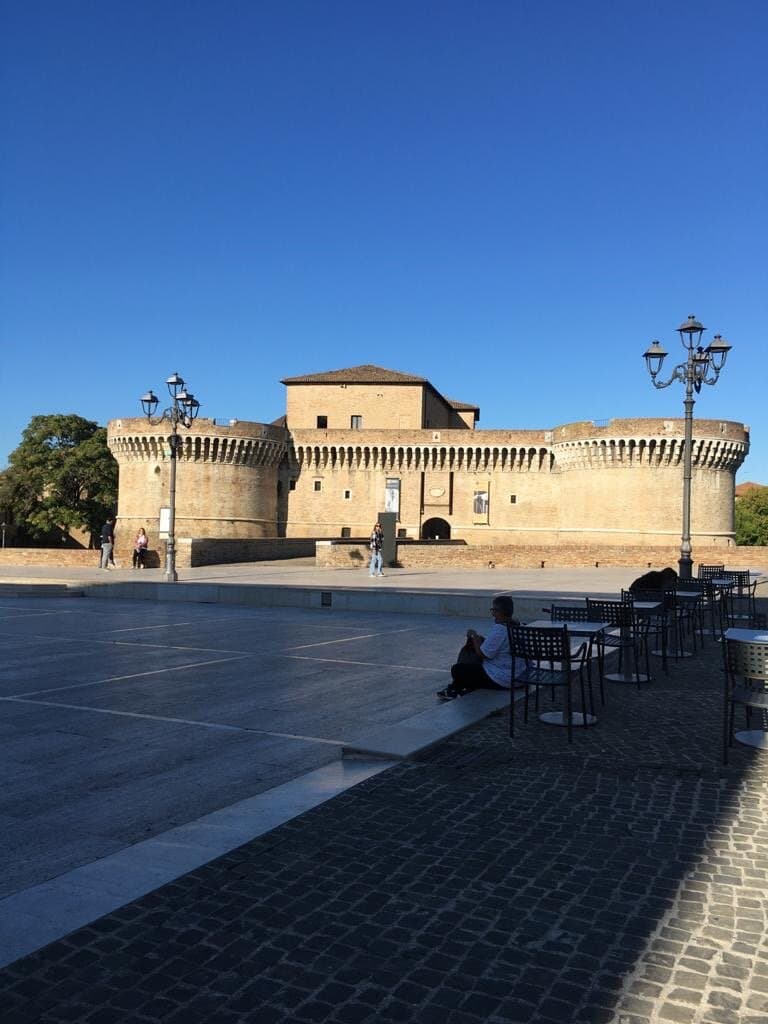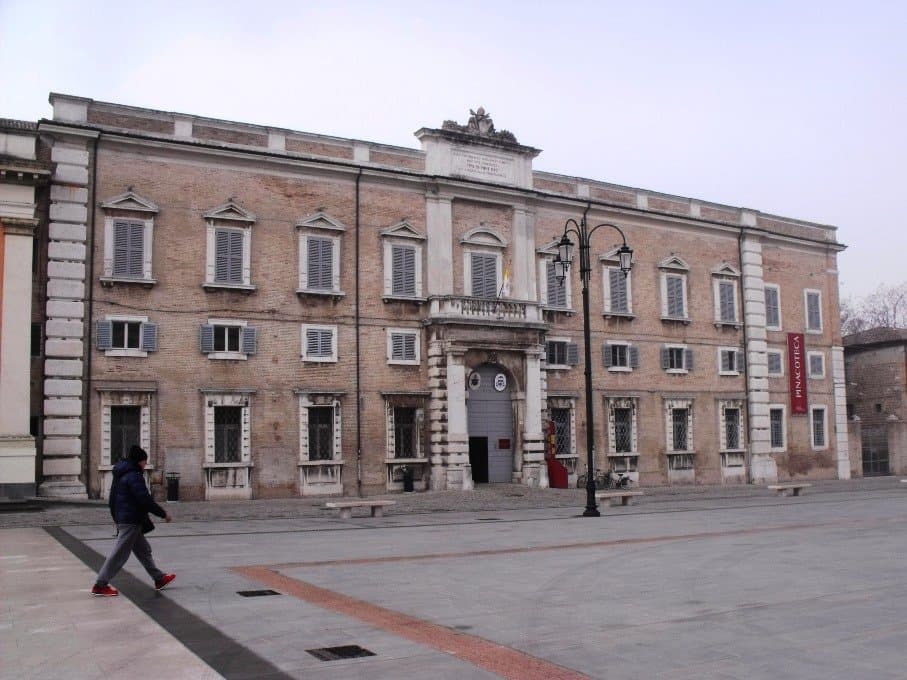
Centro Storico
The historic heart of Italian cities, offering ancient architecture, vibrant piazzas, and a taste of authentic culture.

Highlights
Must-see attractions

Social
From TikTok & Reddit
Best Time
Fewer crowds, serene atmosphere

Centro Storico
Best Time
Fewer crowds, serene atmosphere

Highlights
Must-see attractions
The historic heart of Italian cities, offering ancient architecture, vibrant piazzas, and a taste of authentic culture.
"Wander through ancient streets, marveling at Renaissance palaces and charming piazzas that whisper tales of centuries past."

👟 Wear Comfortable Shoes
Cobblestone streets and extensive walking are common. Prioritize comfort for exploring the centro storico!
🚶♀️ Get Lost (Intentionally!)
The best discoveries are often off the beaten path. Wander down charming side streets and alleys.

Highlights
Discover the most iconic attractions and experiences

Architectural Marvels
Various locations within the historic center
Wander through ancient streets, marveling at Renaissance palaces, historic churches, and charming piazzas that whisper tales of centuries past.

Vibrant Piazzas
Main squares of historic centers
Experience the heart of Italian life in bustling piazzas, perfect for people-watching, enjoying an aperitivo, or simply soaking up the ambiance.

Culinary Delights
Local trattorias and markets
Savor authentic Italian cuisine, from regional specialties to delicious street food. A true feast for the senses awaits.
Plans like a pro.
Thinks like you
Planning Your Visit
Embrace the Pace
Local Flavors Await
Best Times
Insider Tips
from TikTok, Instagram & Reddit
👟 Wear Comfortable Shoes
Cobblestone streets and extensive walking are common. Prioritize comfort for exploring the centro storico!
🚶♀️ Get Lost (Intentionally!)
The best discoveries are often off the beaten path. Wander down charming side streets and alleys.
⏰ Early Bird Gets the View
Visit popular landmarks early to avoid crowds and capture stunning photos.
📱 Download Offline Maps
Ensure you can navigate even without a strong signal. Essential for exploring labyrinthine streets.
Tips
from all over the internet
👟 Wear Comfortable Shoes
Cobblestone streets and extensive walking are common. Prioritize comfort for exploring the centro storico!
🚶♀️ Get Lost (Intentionally!)
The best discoveries are often off the beaten path. Wander down charming side streets and alleys.
⏰ Early Bird Gets the View
Visit popular landmarks early to avoid crowds and capture stunning photos.
📱 Download Offline Maps
Ensure you can navigate even without a strong signal. Essential for exploring labyrinthine streets.
🍝 Savor Local Cuisine
Don't miss out on regional specialties! Seek out trattorias away from main tourist hubs.
What Travellers Say
Reviews Summary
Visitors often praise the 'centro storico' for its beauty, historical significance, and vibrant atmosphere, especially in the evenings. However, some find certain areas less charming or overly touristy, and parking can be a significant challenge. The overall experience is highly dependent on the specific city and the traveler's expectations.
"Very quite in the afternoon but in the evening was buzzing. I had a lovely time visiting Senigallia! I have included several photos taken within the centre of Senigallia."
Caroline Monzon
"The city center is beautiful to visit, with historic buildings and churches to see. If you can find parking, you can walk from the center to the port and the waterfront, which are always beautiful to admire. Numerous bars, ice cream parlors, and shops line the central streets."
CicciOld
"Ancient Senigallia, with Roman and earlier remains, offers numerous attractions, starting from the Adriatic coast. Located right on the seafront is the Rotonda, one of the city's symbols, a meeting place and social hub. Its history, which began in the 19th century, took a turn in the 1930s with the founding of a seaside resort. Admire the Foro Annonario, a circular brick portico dating from 1834, home to the daily fruit and vegetable market and numerous shops. Among the artistic treasures not to be missed: the Baviera Palace and the Palazzo del Duca, Renaissance noble residences; the monumental Lion Fountain; St. Peter's Cathedral; and the Ercolani porticoes along the shore."
Fiorentino Stornaiuolo
What People Like
What People Dislike
Frequently Asked Questions
🚇 🗺️ Getting There
Most historic centers are easily accessible by public transport, often with dedicated stops near the main entrances. If arriving by car, look for designated parking areas outside the pedestrian zones. Many travelers find walking or using local buses the most convenient way to reach the heart of the centro storico.
Parking can be challenging in historic centers due to limited space and pedestrian zones. It's often best to utilize public parking garages on the outskirts and walk or take public transport in.
Ride-sharing services can drop you off at the edge of pedestrian zones, but may not be able to go directly into the heart of the centro storico. Check local regulations for specific drop-off points.
Yes, numerous guided tours are available, offering insights into the history and culture. Many are walking tours, perfect for exploring the narrow streets.
Walking is by far the best way to experience the centro storico. For larger areas, consider local buses or trams if available.
🎫 🎫 Tickets & Entry
Generally, entry into the main areas of a 'centro storico' is free. However, specific attractions within the historic center, like museums or churches, will require separate tickets.
Shops usually open around 9-10 AM and close around 7-8 PM, with a midday break (riposo) in some smaller towns. Churches and museums have their own specific hours, often closing for a few hours in the afternoon.
Many cities offer tourist passes that can provide access to multiple attractions and sometimes public transport within the historic center. Research options for the specific city you are visiting.
For general exploration, advance booking isn't usually necessary. However, for popular museums, guided tours, or special events, booking ahead is highly recommended.
Public spaces like piazzas and streets within the centro storico are typically free to access. Fees usually apply only to specific historical sites, museums, or churches.
🎫 🧭 Onsite Experience
Key landmarks often include the main cathedral (Duomo), historic palaces, ancient city walls, charming piazzas, and often Roman or medieval ruins.
Engage with locals, visit local markets, enjoy an aperitivo in a piazza, and attend any local festivals or events.
Absolutely! Every corner offers a photo opportunity, from grand architecture to narrow alleyways and vibrant street life. Golden hour is particularly magical.
Souvenirs often include local crafts, regional food products, ceramics, leather goods, and historical replicas. Look for artisan shops for unique finds.
Accessibility can vary greatly. Many historic centers have uneven cobblestones and stairs. Some cities are making efforts to improve accessibility, but it's best to check specific locations.
🍽️ 🍽️ Food & Dining
Expect regional pasta dishes, local cured meats and cheeses, fresh seafood (especially in coastal towns), and delicious pastries.
Venture away from the main tourist squares to find smaller, family-run trattorias and osterias. Local markets are also great for sampling regional produce and street food.
Prices can vary. Restaurants in prime tourist locations tend to be more expensive. Look for places filled with locals for better value and authenticity.
Aperitivo is a pre-dinner drink accompanied by snacks, a beloved Italian tradition. Enjoy it at bars and cafes in piazzas, typically from late afternoon into early evening.
Many Italian dishes can be adapted. Look for vegetable-based pasta, salads, and antipasti. Increasingly, restaurants are offering dedicated vegetarian and vegan options.
📸 📸 Photography
Golden hour (shortly after sunrise and before sunset) offers beautiful light. Early mornings are also great for capturing empty streets.
Iconic landmarks like cathedrals and towers, charming narrow streets, vibrant piazzas, historic fountains, and colorful buildings are all excellent subjects.
Generally, photography is allowed in public spaces. However, some churches or private museums may have restrictions, especially on flash photography.
A versatile lens (like a 24-70mm) is useful. A wide-angle lens can capture grand architecture, while a prime lens is great for low-light and street photography.
Focus on details, capture the atmosphere of piazzas, include people (respectfully), and tell a story with your images.
For Different Travelers
Tailored advice for your travel style
👨👩👧 Families with Kids
Keep the pace relaxed and incorporate plenty of breaks for snacks and rest. Consider a treasure hunt-style exploration, looking for specific architectural details or statues. Many Italian cities also have parks or gardens within or near the historic center, offering a green escape for families.
💰 Budget Travelers
Look for 'aperitivo' deals where a drink comes with substantial snacks, which can sometimes serve as a light dinner. Utilize public transportation instead of taxis, and consider free walking tours (though tipping is appreciated). Many of the most memorable experiences in a 'centro storico' don't cost a thing.
couples
Consider visiting during sunset for breathtaking views and a magical ambiance. Many cities offer evening concerts or cultural events in their historic centers, adding a special touch to your romantic getaway.
Deep Dives
In-depth insights and expert knowledge
Exploring the Heart of Italian Cities
Navigating a 'centro storico' is an experience in itself. While cars are often restricted or banned entirely, this allows for a more immersive pedestrian experience. Wandering through these areas, you'll discover hidden courtyards, centuries-old churches, artisan workshops, and charming cafes. The atmosphere can shift dramatically from the quiet serenity of early mornings to the lively buzz of evenings when locals gather for 'aperitivo' or dinner.
When planning your visit, remember that each 'centro storico' has its unique charm and history. Some are renowned for their Roman ruins, others for their medieval fortifications, and many for their Renaissance artistry. Researching the specific history and key landmarks of the 'centro storico' you plan to visit will greatly enhance your appreciation of its rich heritage.
Culinary Journeys Through Historic Centers
Local markets are another essential part of the culinary experience in a 'centro storico'. These vibrant hubs are where residents shop for produce, meats, cheeses, and other delicacies. Visiting a market offers a sensory overload of sights, sounds, and smells, and it's a fantastic opportunity to sample local street food or pick up ingredients for a picnic. Many markets are housed in historic buildings, adding another layer of charm to your visit.
Embracing the Italian dining culture, such as enjoying an 'aperitivo' in a bustling piazza, is a must. This pre-dinner ritual involves a drink accompanied by a selection of snacks, providing a perfect way to relax and people-watch. It's a quintessential experience that allows you to feel like a local, even for a short while.
Photography Tips for Historic Italian Centers
When exploring, look beyond the grand monuments. The true magic of a 'centro storico' often lies in its smaller details: a weathered doorway, a colorful window box, a hidden courtyard, or the intricate patterns of cobblestones. These elements add character and depth to your photographs. Don't forget to capture the human element – the locals going about their day, the lively atmosphere of a piazza, or the artistry of a street performer.
Consider using a versatile lens that can handle both wide architectural shots and tighter details. A tripod can be beneficial for low-light conditions or capturing long exposures, especially in churches or at night. Always be mindful of local customs and any restrictions on photography, particularly inside religious sites.




Social
from TikTok, Instagram & Reddit